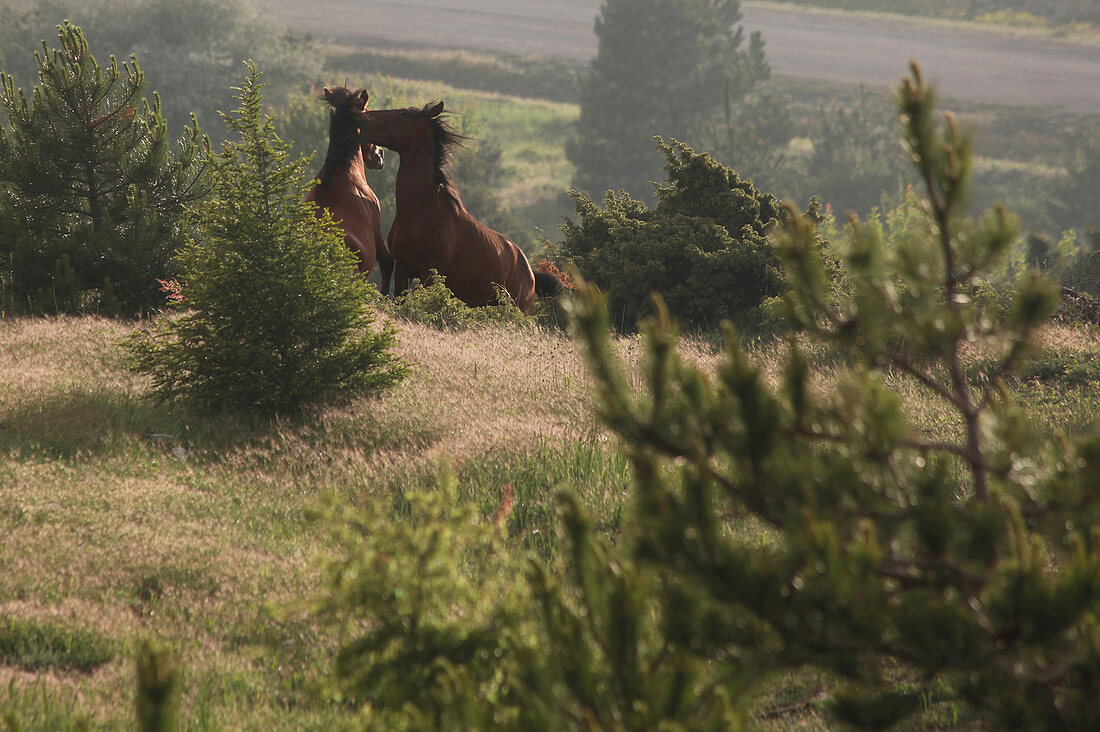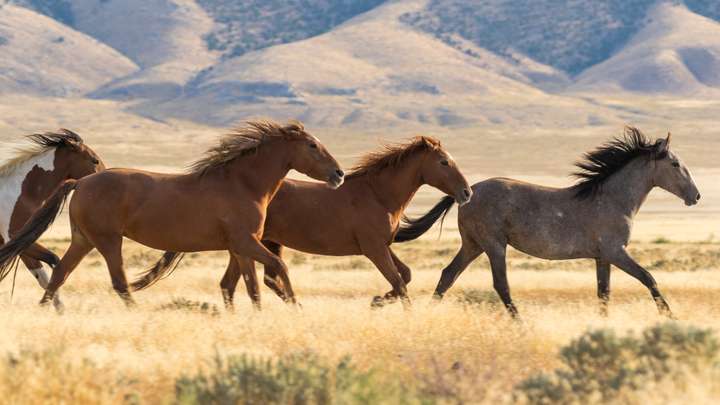Seasonal Challenges for Wild Horse Herds

Wild horse herds face a variety of challenges throughout the year that affect their survival, health, and behavior. Understanding these seasonal challenges is crucial for conservationists, wildlife enthusiasts, and land managers who aim to protect these iconic animals.
Introduction
Wild horses, also known as mustangs in North America, roam freely across diverse habitats. Their ability to adapt to changing environmental conditions is remarkable, but seasonal variations impose significant stresses.
Seasonal Challenges Overview
| Season | Key Challenges | Impact on Wild Horses |
|---|---|---|
| Spring | Food scarcity due to late plant growth | Nutritional stress, weakened immunity |
| Summer | Heat stress and water scarcity | Dehydration, reduced activity |
| Autumn | Preparing for winter, food competition | Weight loss, increased foraging behavior |
| Winter | Cold temperatures and snow cover | Hypothermia risk, limited food availability |
Detailed Seasonal Challenges
Spring
- Food Scarcity: Early spring can bring a lag in plant growth, limiting fresh forage.
- Reproduction: This is the breeding season; mares require extra nutrition to support pregnancy and foal development.
Summer
- Heat Stress: High temperatures can cause heat exhaustion.
- Water Scarcity: Drought conditions reduce water sources, forcing horses to travel longer distances.
Autumn
- Foraging Competition: As plants begin to die back, horses compete more intensely for remaining food.
- Fat Accumulation: Horses increase food intake to build fat reserves for winter.
Winter
- Cold Exposure: Harsh weather can lead to hypothermia, especially in young or weak horses.
- Limited Food: Snow cover restricts access to grasses, increasing reliance on stored fat.
Adaptations to Seasonal Changes
Wild horses have evolved behaviors and physiological traits to cope with these challenges, such as migrating to better grazing areas, altering activity patterns to avoid heat, and growing thicker coats in winter.
Conservation Implications
Seasonal challenges highlight the importance of habitat preservation and water resource management to support wild horse populations year-round.
FAQ
Q1: How do wild horses find water during droughts?
A1: They often travel long distances to natural springs, rivers, or man-made water troughs.
Q2: Do wild horses migrate seasonally?
A2: While not true long-distance migrants, they may shift their range locally to access better resources.
Q3: How does winter affect foal survival?
A3: Cold and food scarcity increase mortality risks for foals, making maternal care critical.
Q4: Can human activity worsen seasonal challenges?
A4: Yes, habitat fragmentation and water diversion can exacerbate stress on wild horse herds.
This expanded content provides a structured, informative, and engaging overview suitable for a detailed blog article on the seasonal challenges wild horse herds face.
